| Title | Optimal joint segmentation and tracking of escherichia coli in the mother machine |
| Publication Type | Journal Article |
| Year of Publication | 2014 |
| Authors | Jug, F, Pietzsch, T, Kainmüller, D, Funke, J, Kaiser, M, van Nimwegen, E, Rother, C, Myers, G |
| Journal | Lecture Notes in Computer Science (including subseries Lecture Notes in Artificial Intelligence and Lecture Notes in Bioinformatics) |
| Volume | 8677 |
| Pagination | 25–36 |
| ISSN | 16113349 |
| Abstract | We introduce a graphical model for the joint segmentation and tracking of E. coli cells from time lapse videos. In our setup cells are grown in narrow columns (growth channels) in a so-called “Mother Machine” [1]. In these growth channels, cells are vertically aligned, grow and divide over time, and eventually leave the channel at the top. The model is built on a large set of cell segmentation hypotheses for each video frame that we extract from data using a novel parametric max-flow variation. Possible tracking assignments between segments across time, including cell identity mapping, cell division, and cell exit events are enumerated. Each such assignment is represented as a binary decision variable with unary costs based on image and object features of the involved segments. We find a cost-minimal and consistent solution by solving an integer linear program. We introduce a new and important type of constraint that ensures that cells exit the Mother Machine in the correct order. Our method finds a globally optimal tracking solution with an accuracy of > 95% (1.22 times the inter-observer error) and is on average 2 − 11 times faster than the microscope produces the raw data. |
| DOI | 10.1007/978-3-319-12289-2_3 |
| Citation Key | Jug2014 |


